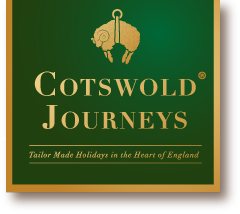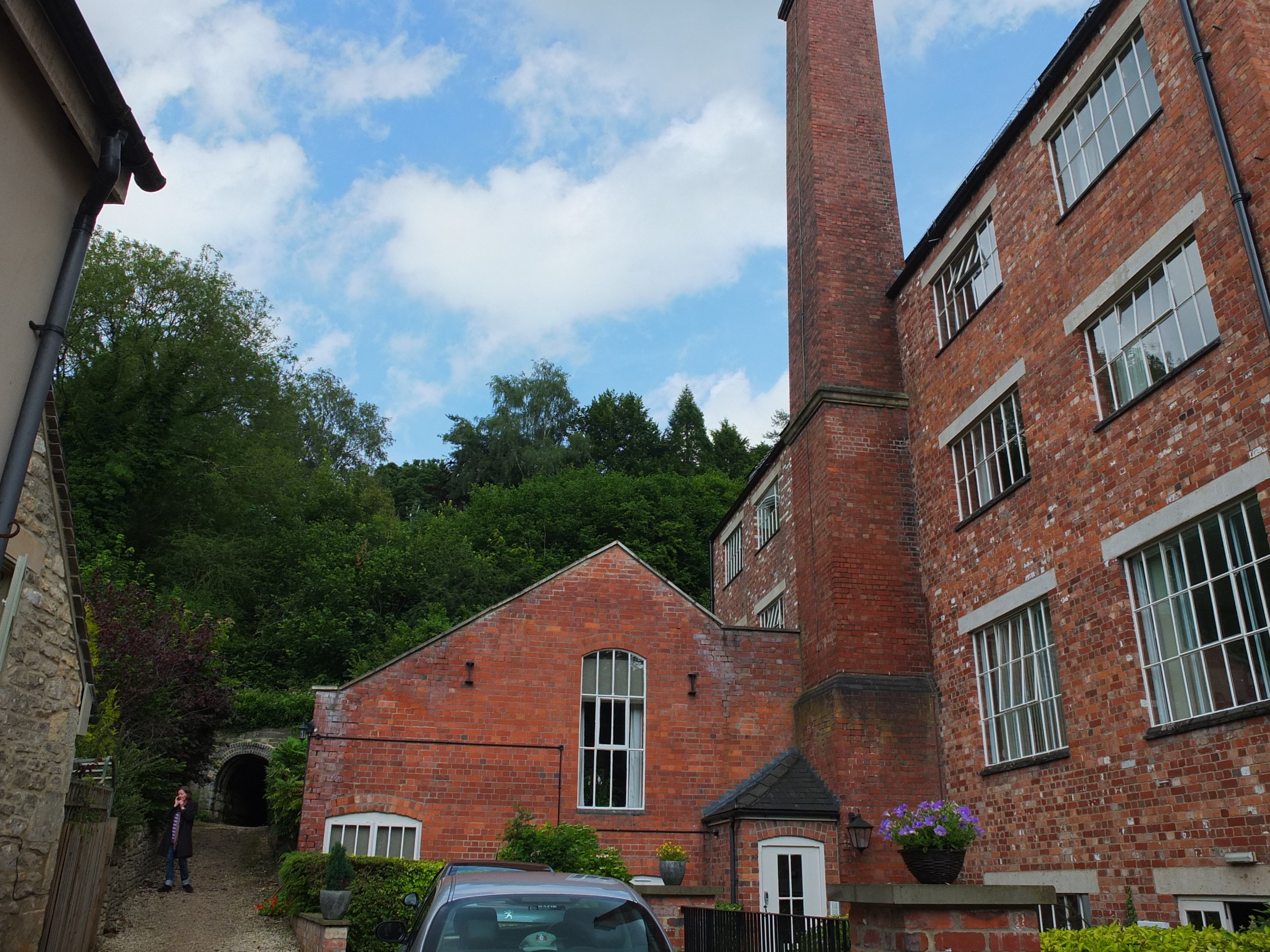Although Stroud’s mills are mentioned in the 1086 Domesday Book, the earliest reference to fulling cloth is in the late 13th century, in the area of Minchinhampton and Rodborough. Fulling is the cleansing of cloth, usually wool, to eliminate oils and dirt, and to the thickening process. Fulling involves two processes, scouring and milling (thickening). Scouring refers to the cleaning process, for which Fuller’s earth was used. This is a soft, highly plastic, sedimentary clay or clay-like earthy material occurring in nature as an impure hydrous aluminum silicate and was often used in conjunction with ‘wash’, or human urine, which for centuries had been the traditional medium. Originally the process was carried out by pounding the wool by foot but from the medieval period, fulling often was carried out in a water mill. These processes are followed by stretching the cloth on great frames known as tenters, where it is held onto those frames by tenterhooks. At the time fulling was the only powered stage of the clothmaking process, making use of the natural power of flowing streams to work the fulling hammers. None of these simple mills survive. The geology and nature of the Cotswolds were perfectly suited to sheep husbandry. The woolen industry became the mainstay of the English economy. Initially, it depended on the export of the wool itself, followed eventually by the production of cloth. In the age of the Industrial Revolution, intensive mechanization gave rise to mills such as the Dunkirk. The first mention of mills (the so-called New Mills) in something like their current form on this stretch of the Nailsworth Stream dates to 1741, whilst a new spinning mill of 1798 was the first step in transforming New Mills into what became Dunkirk Mills (named after nearby Dunkirk House, itself perhaps named after Huguenot immigrants). Before the end of the 18th century, most of the cloth mills were used for the finishing of woolen cloth which had been prepared and spun in the countryside and then woven locally. The demand for uniform cloth during the French Wars inspired the owners to invest in new machineries, such as spinning jennies, and so built a new block to house them, completing the transition from fulling mills to factories that undertook all the processes in the production of woolen cloth, with fulling stocks, teazel raising gigs and shearing apparatus. The Dyers famously mastered the challenging production of scarlet cloth: known locally as Stroud Scarlet this became standard for the army and the royal family. They also supplied cloth to the Royal Navy.
The 19th-century Gloucestershire woollen cloth trade was based on the production of broadcloth of the highest quality. The reasons for its eventual decline at the end of the century may be accounted for, at least in part, by changing fashions and an increasing demand for the lighter worsted cloth produced in the north of England. The industry continued to decline throughout the 20th century and now there are only two sites involved in cloth production at Stroud and Cam, serving mainly the snooker table, casino table, and tennis ball markets. High-quality merino wool, imported now from Australia, has been the basis of the product for 150 years.
In the Dunkirk Mill Centre, which occupies the ground floor of what is now a block of flats, there is a massive working water wheel directly powering a rare piece of historic textile machinery. The overshot wheel, twelve feet wide and thirteen feet in diameter, was installed in the mill in 1855 as part of the last major re-building program carried out during its time as a woolen mill. The wheel is operated regularly on opening days (subject to water supply), and the sight of the wheel starting to move in a powerful cascade of water is striking. There is also a large working model pair of fulling stocks in operation, a display of locally made woolen cloth, a rare, working, mid-19th century teazle raising gig (a teazle being a thistle-like plant, the flowers of which harden into claws, which were used in the machinery for raising the nap of the cloth in order to give it a fuller look and also to ensure greater resistance to water) and an early 19th-century mechanical cloth shearing machine known as a cross-cutter. Enthusiastic volunteer guides give a detailed commentary.


0 Comments